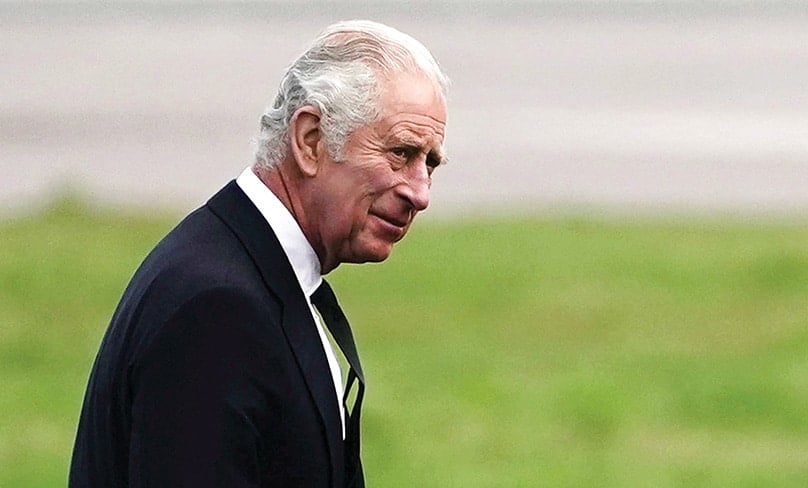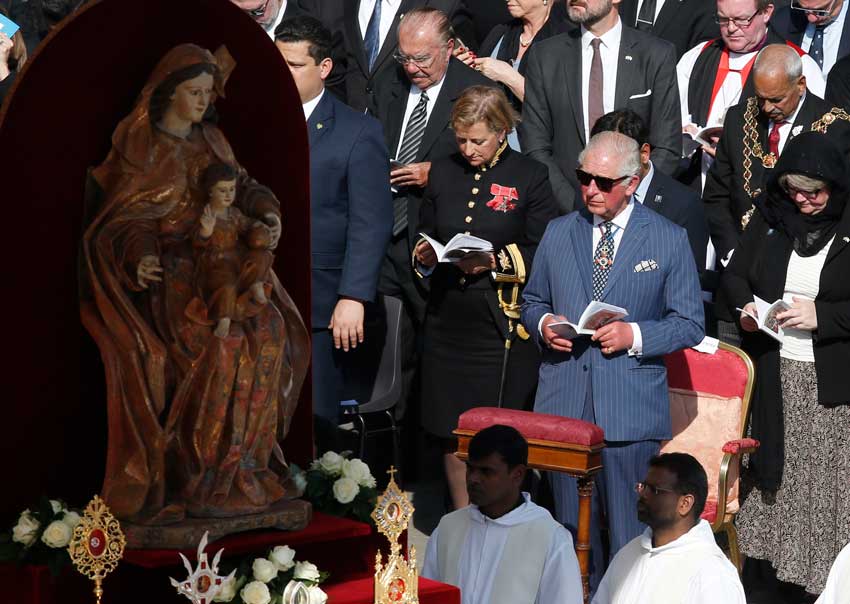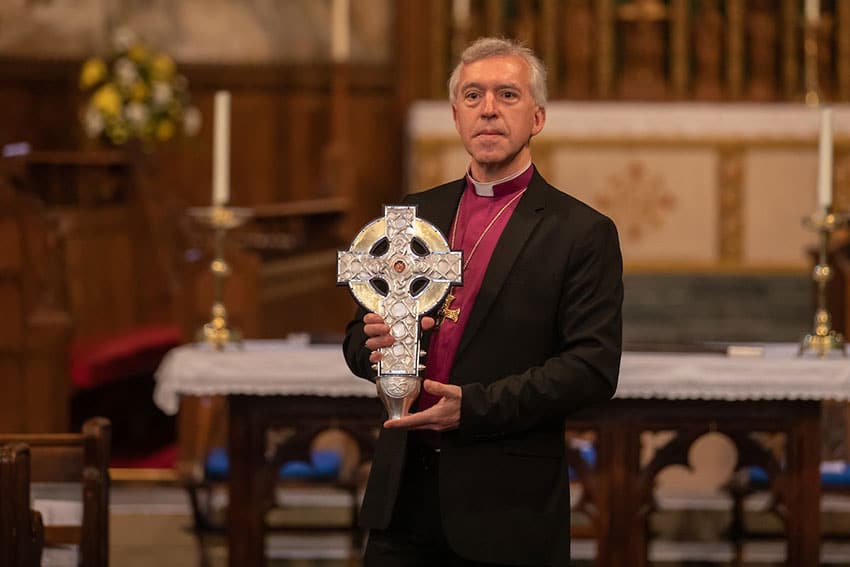
The late Queen would visit Edinburgh at least once a year. I remember well how people tended to pause briefly as she appeared, politely acknowledge her and quietly continue on their way. It was the same as she strolled through the Scottish Highlands: “Morning, Ma’am” and the short greeting crisply returned. Respect, with little fuss.
This reflects a nation in which the monarch is traditionally seen as first among equals, seated specially in the Parliament but seated amongst us and as one of us; a Scottish approach different to the English one, and perhaps better suited to Australia.
When the King crosses the northern border, strangely, he becomes a Presbyterian and worships in the established Church of Scotland.
In England of course he is Supreme Governor of the Church of England, appoints bishops and enjoys special status in that church.
This may seem odd, but it represents the very particular history of Christianity in England from the 16th century.
Different countries’ histories do mean there can be one-off constitutional arrangements.
The doctrine of separation of church and state means headship in church and nation-state are not normally shared. But there are exceptions.
Catholics are used to the pope also being head of state of the Vatican City State. The Principality of Andorra has a bishop as one of its joint heads of state.
Archbishop Peter Hollingworth served as Governor General of Australia. Fr Jean-Bertrand Aristide was President of Haiti on several occasions. There’s no prohibition on any of this. It’s just a fact that there can be situations outside the general rule, and they can work well.
When King Charles and Queen Camilla enter Westminster Abbey, they attend a church where no bishop holds sway—it is a “Royal Peculiar”, one of a handful of churches directly under the King’s own jurisdiction.
This great church contains the graves of many of his ancestors and monuments to the great artists, statesmen and warriors of his country.
The congregation of the living will be made up of a mix of the great and the good together with holders of ancient titles and ceremonial roles, and representatives of the Commonwealth.

The living and the dead will thus gather together for a most unusual piece of liturgy.
The King has it open to him to wear a number of extraordinary vestments, ranging from rich robes of state to a simple alb-like gown for anointing to a tunic recalling imperial Byzantium to a full Royal Robe for crowning and an even more overwhelming Imperial Robe for greeting the people at the conclusion.
Liturgists might well have a fit, as might the rather austere Charles III, but there is an attempt here to build up and interweave layers of church and state meaning and history, reflecting the context of this unique ceremony.
We tend to focus on the moment of crowning with its triumphant note and subsequent rejoicing. But for a serious Christian such as the King, the Holy Communion will surely be the most personally significant moment of the day.
Meantime, the anointing preceding the crowning takes us back to ancient and ultimately Biblical acts.
The recognition by the people, the oath sworn by the King, his investiture with the several grand Instruments of monarchy (orb, sceptre, sword, spurs and so on) and the fact a Queen too will be crowned—these are all highlights of what will be a grand and emotional occasion.
But under the diamonds and the trumpets what is at stake for Australian believers in a UK coronation in 2023?
First, the King like his mother is clearly a believing and practising Christian within the Anglican communion. He goes to church, prays and speaks often of faith.
He has made clear in many ways over decades that interfaith and multifaith relations are very important to him.
Thus he relates directly to people from many faiths, while, presumably, regarding ecumenical relations with fellow-Christians as of particular importance.
Many Catholics find difficult the notion that the king must be an Anglican—and explicitly cannot be a Catholic.
Again, these things can only be explained by particular national histories. And in the context of life within Britain, altering that law might well achieve not the possibility of a Catholic monarchy but the end of the monarchy.

On his mother’s side, the king comes from a line of serious, practical Christians, including a century of strong Christian queens from Elizabeth to Victoria. He can trace this lineage back through the centuries to the Catholic Stuart monarchs.
On his father’s side, Prince Philip’s mother lived and died at Buckingham Palace having embraced monastic poverty and practised great personal charity. The king was raised to lead a Christian life.
In his various realms, including Australia, Christian life can no longer assume that it holds the default position or will be particularly heeded to.
In fact, we can assume that the default is to ignore or reject what is held to be Christian unless it endorses secular norms.
This means that a Christian monarch—recognised and crowned on the world’s biggest stage in a traditional Christian liturgy—is of significance for all the baptised.
It may be a particularly proud and meaningful day for Anglicans in Australia, but for Catholics and all other Christians, crowning a king in a Christian ceremony is surely a good thing.
And what of a republic? Whatever your view—and mine is to retain a constitutional monarchy with a Christian head—a new king in 2023 is a good result for faith.
Queen Elizabeth II spoke humbly, never politically and at key moments of joy or anxiety, meaningfully.
She knew the value of the rare intervention—for example, the impact of the state visit to Ireland or the encouragement to an exhausted people to keep going during the COVID-19 pandemic.
Her take on her role came, I believe, as much from her faith as her constitution. This is a mighty hard act to follow, but though I can’t guess at Charles’s private views on his constitution, I have little doubt about his private views on Christian faith.
